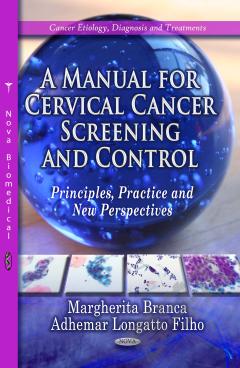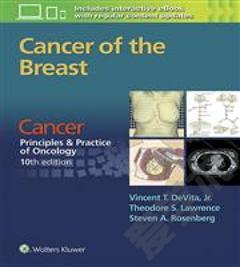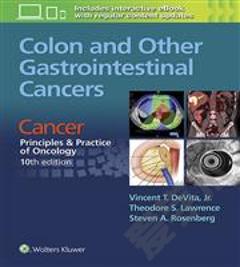A Manual for Cervical Cancer Screening and Control: Principles, Practice and New Perspectives
Cervical cancer (CC) is a major global health problem. Worldwide, an estimated 530,000 new cases of CC and 275,000 deaths from this disease are encountered every year. CC affects particularly women less than 45 years of age and it is the leading cause of cancer-related deaths among women in the developing and underdeveloped countries, where 60–80% of cases are detected in advanced stages. After Human Papillomavirus (HPV) identification as the infectious etiological agent and elucidation of the natural history of CC, this tumor has become the most preventable and curable of all cancers. Well-organized screening programs with Papanicolaou (Pap) smear are known to be successful in decreasing both mortality and morbidity of this disease. This book describes the optional screening programs for CC prevention, whether organized, opportunistic or spontaneous and also their merits and weaknesses. Monitoring of the pathways and procedures of CC screening are mandatory in order to minimise the risks (wrong diagnosis, over-diagnosis, over-treatment) and maximize the benefits. In an optimal setting, the women should be the focus of the screening intervention and receive basic information on the crucial points of CC screening, so as to improve women’s collaboration and compliance. The availability of alternative new screening tools to detect pre-cancer lesions provide new opportunities for CC prevention, as do HPV vaccines implemented in early life before viral exposure. This book, rich in pictures, tables and flowcharts is a comprehensive treatise on CC screening: its 14 chapters illustrate the fundamental principles and the necessary interventions for CC prevention and control and a guide for all medical and paramedical professionals involved in the interplay of CC screening.
{{comment.content}}








 京公网安备 11010802027623号
京公网安备 11010802027623号